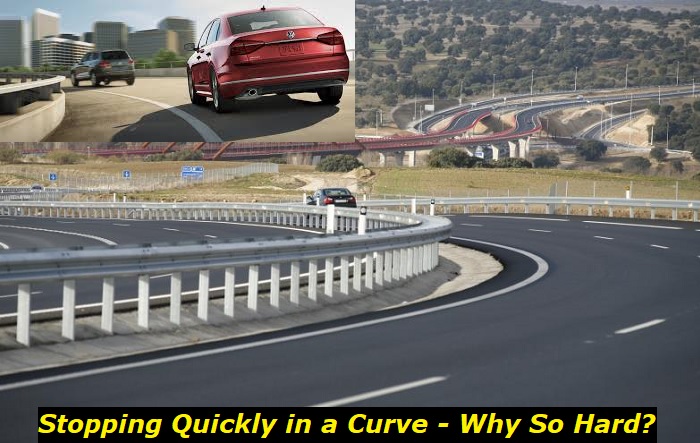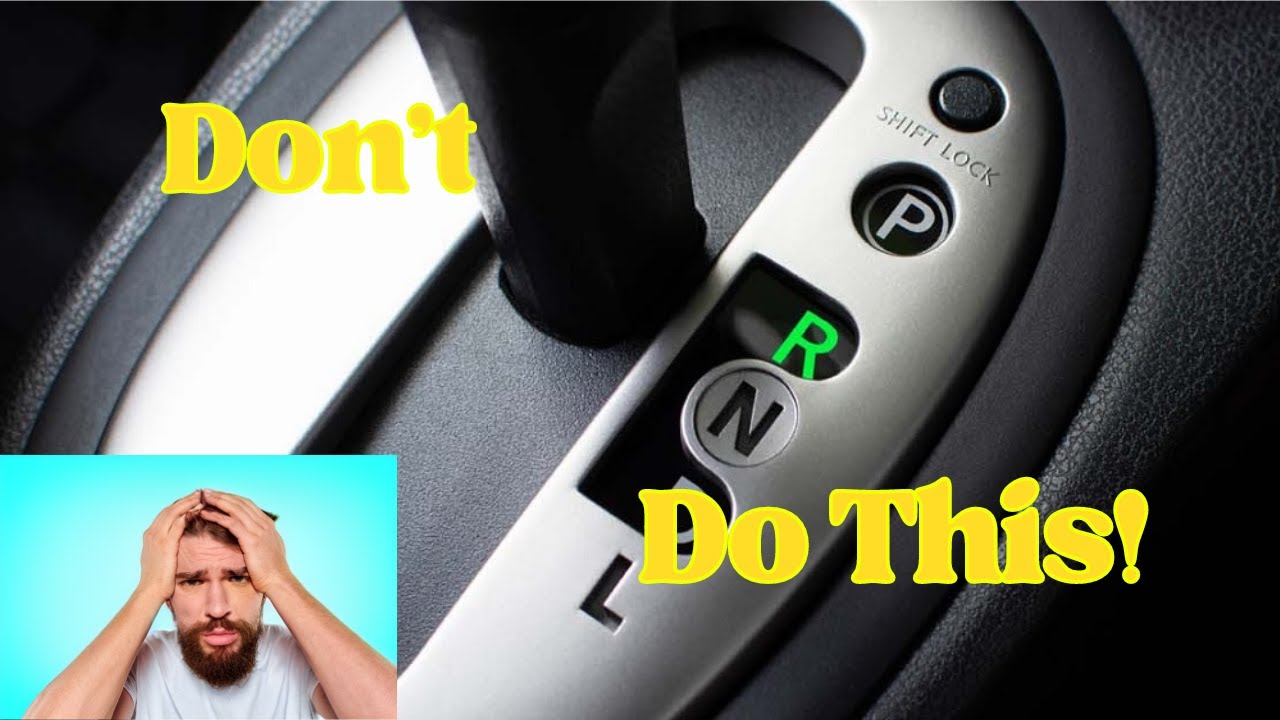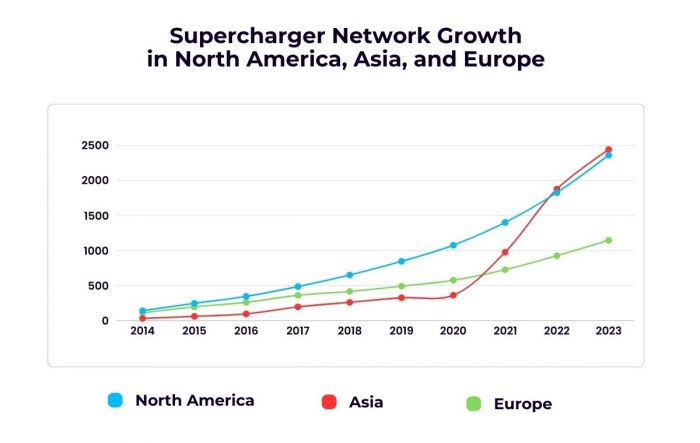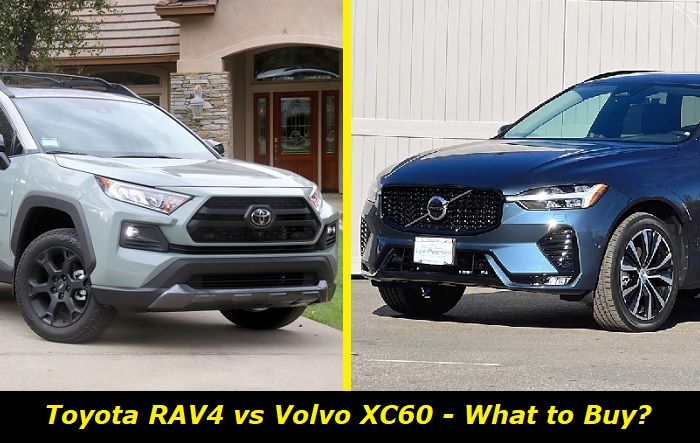I've been asked by the readers of this blog several times about the problems with stopping your car quickly in a curve. They noticed that emergency braking in this road situation is much harder and requires more understanding of the vehicle and the road conditions than when stopping in a straight line of the road. So, let's see why this happens.
In short, stopping quickly in a curve of the road is more difficult because of the physics - your vehicle is subjected to centrifugal force, inertia force, also one of the wheels is more loaded than the other three and the braking force is not identical in all wheels. This makes braking pretty stressful and can even lead to very unwanted consequences. So, you should know more about how braking in the curve works to avoid dangerous situations on the road!

Here, I want to explain every aspect of it so that you could quickly make the right decisions when driving your car.
Braking in the curve - here's why it's difficult
When you are driving on a curved road and suddenly need to stop, the braking power will not be equal to all wheels. For example, when the road curves right and you are turning right, the front-left wheel gets more load and eventually, it will get more braking force.
What does it mean? It means that if you hit the brakes hard and sharp, the front-left wheel will be most likely blocked. Even if your car has all those modern safety systems, the wheel may get blocked for a couple of seconds and it will be enough for you to lose control over the car.
Here's how it happens:
- you are turning because the road curves at some point;
- suddenly someone or something appears on the road;
- you need to brake sharply, so you press the brake pedal with all your power;
- the wheel is blocked for a moment, then the ABS jumps in, but it's too late;
- the vehicle loses its direction and traction;
- what happens to your car then, largely depends on the speed of the vehicle;
- the possible consequences include loss of traction, poor braking, or even roll over.
So, the issue is actually very serious. If the curve of the road is located on the highway and you are driving very fast, the mistake in braking here may cost you your life. Even vehicles equipped with all those modern safety systems and assists may get into trouble. When your car is on a curve at high speed, one impulse of your brakes may ruin everything.
Centrifugal force - why is it important when driving?
When you drive your car, you should remember about the centrifugal force. This is the force that is applied to your vehicle and to everything in it including you when you start driving on a curve. You may have noticed that the front seats of your car have great lateral support. This support is one of the key features that protect you from the influence of the centrifugal force.
You may also have noticed that sitting in the rear seat of the car is not really comfortable - you are being thrown all over the vehicle, especially, if the driver is aggressive on the road.
This is the influence of the centrifugal force. When you are driving in a curve, it works to push you away from the circle. Thanks to the good traction that your tires are maintaining at all times, the car is not slipping away from the road. But things may change when you brake sharply.
Here's what happens:
- you are driving on a curved road and feel the action of centrifugal force;
- you may even brake a little to avoid discomfort for people in your car;
- but suddenly you need to brake and hit that brake pedal sharply;
- at this moment the force that pushes your vehicle out of the circumference becomes much more powerful;
- your rear wheels will most likely lose traction and the rear part of the car will slip outside the radius of the curve;
- the effects of this will be determined only by the speed that you were driving at.
So, the centrifugal force is only dangerous for your vehicle in two situations: when you are driving on the curved road too fast and when you are braking sharply while your front wheels are turned. In all these cases, the power of the centrifugal force will be too strong and the vehicle will obviously lose its traction.
It doesn't mean though that you will suffer a lot. In the majority of modern cars, smart braking assists and safety systems will safely stop the car. But, in some cases, the consequences of this issue may be really bad.
It's all about traction - how to avoid losing it?
All problems with braking on the curve are connected to the traction of your vehicle. When your tires maintain proper traction, you may drive fast and brake safely without any problems. But losing traction on the road will be your nightmare, especially, if you still don't have years of driving experience.
So, traction control is one of the most important tasks for anyone on the road. And here's how you can prevent losing your traction in a vehicle:
- your traction is monitored and maintained by several systems like ABS, ESP, ESC, etc., so, don't deactivate these systems when you drive your car;
- your tires are extremely important - old and damaged tires will easily lose traction on a curved road much sooner than you expect;
- the speed of your driving should be safe - avoid breaking the speed limit and always drive at the safe speed;
- sharp turns also may add chances of losing traction, so adjust your driving style to reduce these chances;
- sharp braking shouldn't be something you do there and then, this is an emergency trick only, so always try to brake gently.
The worst thing for traction is a sharp change in speed or direction. When you are driving on a curve and suddenly brake, there are two forces that add up their powers: the centrifugal force and the inertia force. So, your car is being pushed simultaneously out of the circle and forward. If you draw the directions of these forces, you will see that the final direction of the highest power is right in front of your vehicle.
This means that if you lose traction in this situation, you will also lose control of the vehicle and it will most likely move straightforwardly - to the roadside fence or curb - leading to severe car damage and huge risks of hurting someone.
What to do if you need to brake in an emergency when on a curve?
When driving on a curve, sharp emergency braking is not something you want to apply. But the road is unpredictable and anything may happen on it. If you suddenly see someone crossing the road or some animal running on the road right in from of your vehicle, you should do everything to avoid a collision.
Here are your main scenarios:
- You may hit the brakes. This is what you will do instinctively. But try to keep control over the power that you apply to the brake pedal. Be careful and better brake gently.
- You may change the direction. This is a good trick. Predict the area that is most likely the place of collision and use your steering wheel to steer your car away from this point.
- Draw attention of the person or animal on the road. Honk a couple of times so that the person or the animal could react and avoid a collision. This will help you win some seconds.
- Steer your car to the roadside. If you are on the highway, there is a big chance that after you reach the roadside, there is a small hill that you can use to brake safely. You may damage your car there, but you will save someone's life.
- Choose to hit another car or anything else. If you have a choice of hitting a person or an animal on the road or hitting another car or some other object to help you stop, choose the second option - hit something on the road, but make sure it doesn't pose any danger to your life and health.
- Sharply brake and quickly turn the wheel in a different direction. For example, if you are going on the curve steering your car left and suddenly need to brake, use your parking brake or just hit the brakes and quickly turn the steering wheel to the right. This will help you win the battle with the centrifugal force and the inertia.
Final thoughts
Now you know everything that will help you make correct decisions the next time you need to brake sharply on the road curve. This may happen to everyone. So, one of the key tips is slow down whenever you are about to enter a long curve of the road. This will make your driving more comfortable and less stressful and also reduce the chances of getting into trouble if you need to brake suddenly.
Also, make sure all safety systems and traction control options are activated in your vehicle. And don't forget to check and change tires regularly to avoid losing traction because of their bad condition.
About the authors
The CarAraC research team is composed of seasoned auto mechanics and automotive industry professionals, including individuals with advanced degrees and certifications in their field. Our team members boast prestigious credentials, reflecting their extensive knowledge and skills. These qualifications include: IMI: Institute of the Motor Industry, ASE-Certified Master Automobile Technicians; Coventry University, Graduate of MA in Automotive Journalism; Politecnico di Torino, Italy, MS Automotive Engineering; Ss. Cyril and Methodius University in Skopje, Mechanical University in Skopje; TOC Automotive College; DHA Suffa University, Department of Mechanical Engineering






Add comment